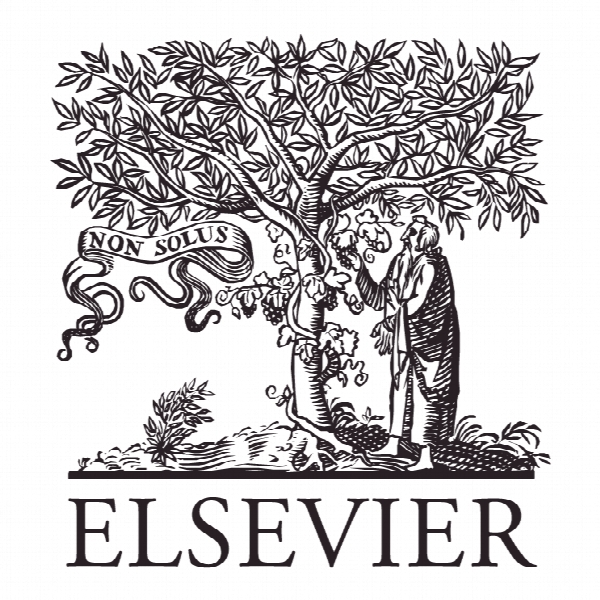ارزیابی جمعی از مدیریت منابع انسانی: نیازهای متاآنالیز و چشم انداز توسعه تئوری برای آینده Collective assessment of the human resources management field: Meta-analytic needs and theory development prospects for the future
- نوع فایل : کتاب
- زبان : انگلیسی
- ناشر : Elsevier
- چاپ و سال / کشور: 2018
توضیحات
رشته های مرتبط مدیریت
گرایش های مرتبط مدیریت منابع انسانی
مجله بررسی مدیریت منابع انسانی – Human Resource Management Review
دانشگاه Florida State University – United States
شناسه دیجیتال – doi http://dx.doi.org/10.1016/j.hrmr.2016.09.002
منتشر شده در نشریه الزویر
گرایش های مرتبط مدیریت منابع انسانی
مجله بررسی مدیریت منابع انسانی – Human Resource Management Review
دانشگاه Florida State University – United States
شناسه دیجیتال – doi http://dx.doi.org/10.1016/j.hrmr.2016.09.002
منتشر شده در نشریه الزویر
Description
1. History and background of meta-analysis The set of research techniques we know as “meta-analysis” has its origins in the 1970s, and is credited to the significant work of both Glass (1976) and Schmidt and Hunter (1977), who sought to cumulate results across a large body of research studies. In the four and a half decades since its inception, meta-analysis has grown into a very popular method of treating data in a wide variety of fields from the social sciences to the physical sciences (e.g., Baur, Ellen, DeOrtentiis, Buckley, & Ferris, 2013). The term “meta-analysis” was coined by Gene V. Glass in an article where he referred to meta-analysis as the “analysis of analyses,” which he described as “the statistical analysis of a large collection of analysis results from individual studies for the purpose of integrating the findings” (Glass, 1976, p. 3). Glass argued that there was a “complex and methodological problem” in research then that precluded scholars from deriving a clear understanding from a large group of studies (Glass, 1976, p. 8), and he came up with this realization through his examination of another scholar’s review of psychotherapy studies (Smith & Glass, 1977). Taking serious issue with the methods employed by that other scholar, Glass believed there was a need for a more formalized method to review prior research, stimulating his development of meta-analysis. John E. Hunter and Frank L. Schmidt also were dissatisfied with the statistical tools used to review prior research. Working independently from Glass in the 1970s, Hunter and Schmidt developed their own methods of meta-analysis. Their objective was to create a method of data analysis that could be applied across a sample of studies, and produce results that would “permit validity generalization to new settings without carrying out a validation study of any kind” (Schmidt & Hunter, 1977, p. 529). Prior to the development of meta-analysis, most reviews were conducted in a narrative and subjective manner, and typically represented one individual’s views on what past research had proven and where future research should be directed, with rarely any empirical support. Thus, the first meta-analysis served the major purpose of formulating and synthesizing a generalizable statement about past research. Meta-analysis has enabled the “cleaning up and making sense” of research literature through a large-scale empirical evaluation (Hunter & Schmidt, 2004, p. 21). Meta-analysis provided the ability to make generalized statements about prior research that were supported by true statistical testing, thus creating a greater comprehension of accumulated knowledge, and a good sense of what we know and do not know.


